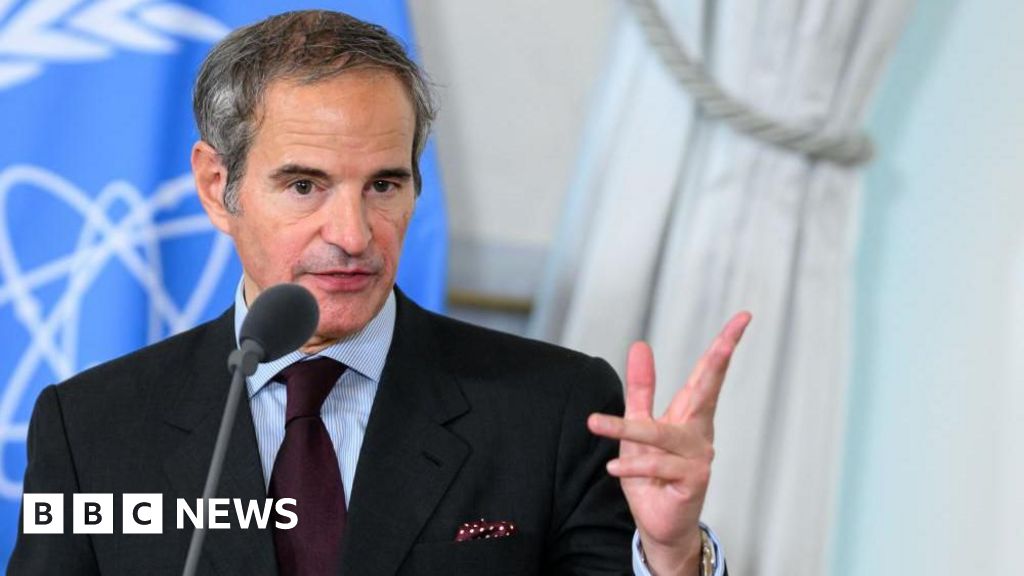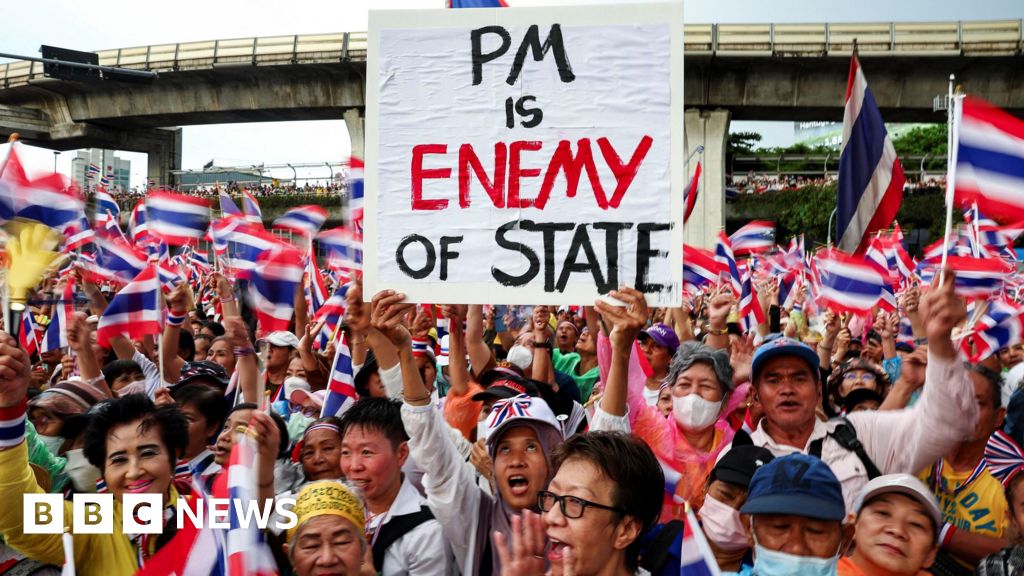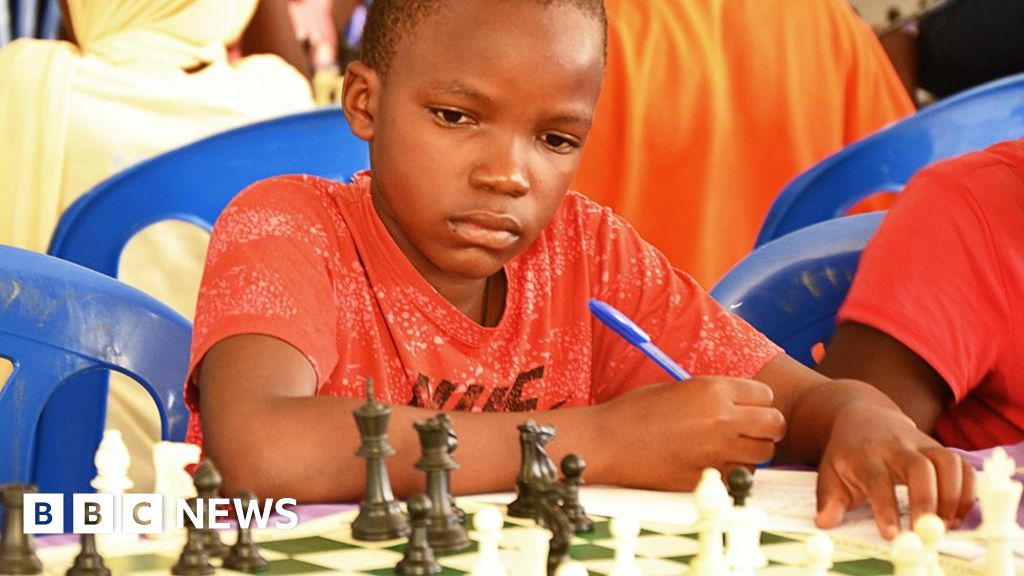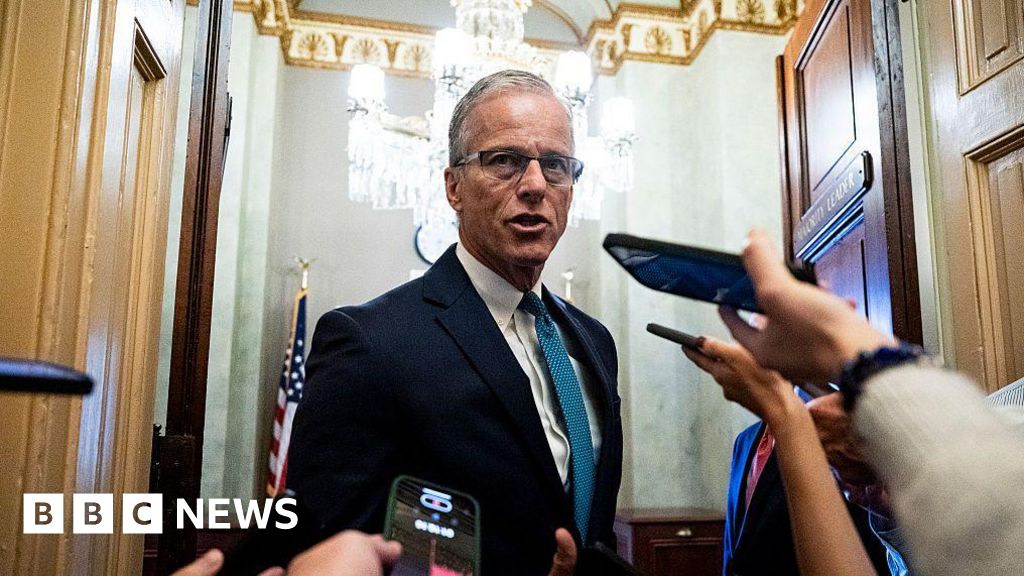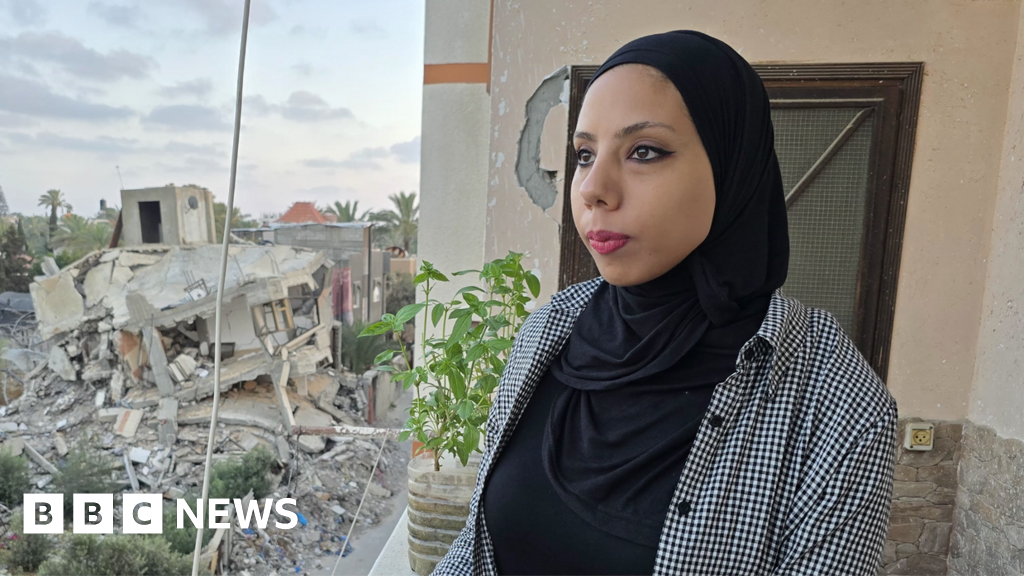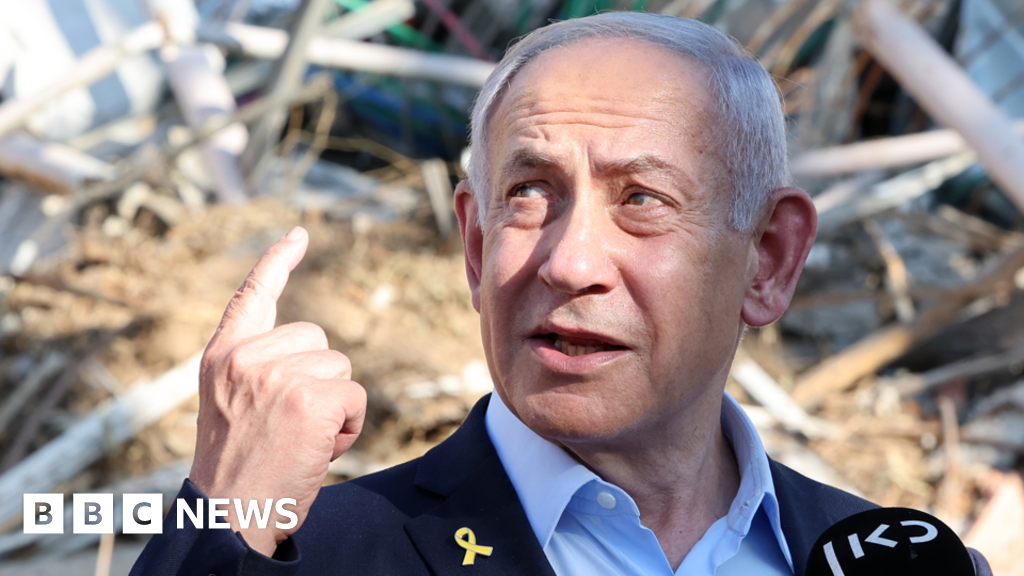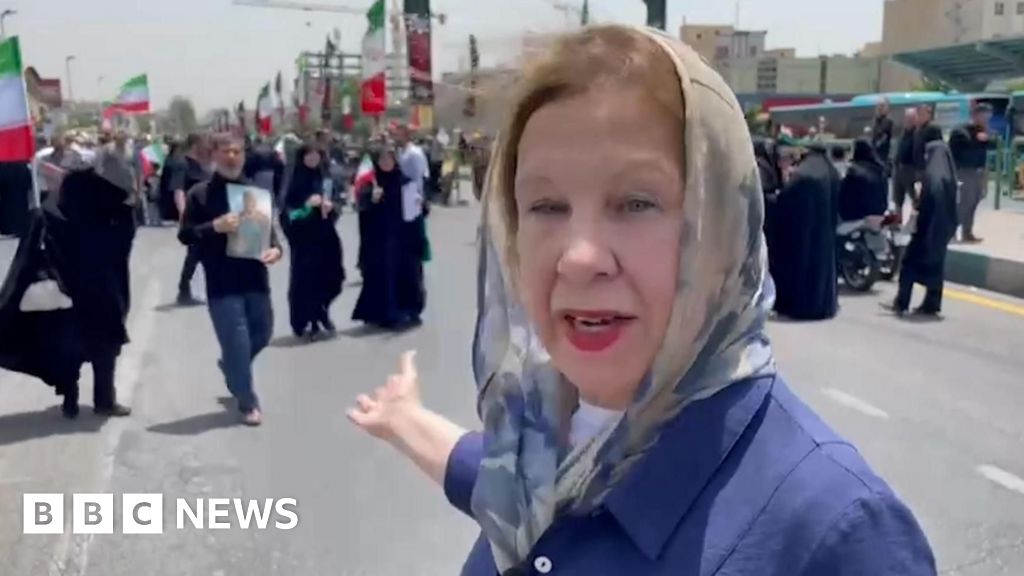President Trump, swiftly dismantling decades of U.S. government policy that treated Syria like a pariah, held an extraordinary meeting on Wednesday with its president, Ahmed al-Shara, the former leader of a rebel group designated as a terrorist organization by the American government.
The meeting, held in Riyadh, Saudi Arabia, at the urging of Crown Prince Mohammed bin Salman, occurred a day after Mr. Trump announced that he was lifting sweeping sanctions against Syria, which Washington began imposing in 1979.
Mr. Trump, who has been known to assess people according to how they look, suggested that Mr. al-Shara, a rugged figure with a thick black beard who toppled the brutal Assad dynasty in December, had made a favorable impression.
“Young, attractive guy,” Mr. Trump described him to the news media. “Tough guy. Strong past. Very strong past. Fighter.”
“He’s got a real shot at pulling it together,” Mr. Trump said of Syria, adding, “It’s a torn-up country.”
The last meeting between the leaders of both countries occurred 25 years ago.
Mr. Trump spoke as he flew to Qatar, the second stop on his four-day, three-nation Middle East tour that will take him next to the United Arab Emirates. The Qataris, like the Saudis, greeted Mr. Trump with pomp, including an honor guard mounted on camels for his presidential motorcade.
Much of the trip is focused on business deals, including the $142 billion sale of armaments to Saudi Arabia and an agreement to sell 160 Boeing passenger aircraft to Qatar. The White House said on Tuesday that the president had secured $600 billion in deals with the Saudi government and firms. But the details were vague, and some of the deals announced as new had already been in the works.
Even as Mr. Trump trumpeted the deals, several issues — the violence plaguing the Middle East, including the war in Gaza; the unstable situation in Syria; and a possible deal with Iran over its nuclear weapon development program — were lurking in the background.
The lifting of sanctions would be a lifeline for Syria. After nearly 14 years of civil war, the country is physically and economically devastated, and harsh sanctions were imposed after the former president, Bashar al-Assad, carried out a violent crackdown against a democratic uprising in 2011. That led to a civil war that killed more than 600,000 people and displaced about 13 million, according to United Nations estimates. The sanctions had blocked most aid, including that needed for reconstruction.
“The sanctions were really crippling,” Mr. Trump said in remarks to Arab Gulf leaders who had gathered to meet with him on Wednesday. He was working to normalize relations with Syria, he said, adding, “I feel very strongly that this would give them a chance.”
Both Prince Mohammed and President Recep Tayyip Erdogan of Turkey, which backed the insurgency that brought Mr. al-Shara to power, had urged Mr. Trump to lift the sanctions. Mr. Erdogan, who joined the 30-minute meeting with the Syrian leader by phone, and the Saudi crown prince, who attended in person, praised the decision. Prince Mohammad called it “courageous,” according to a summary provided by the White House.
Mr. Trump told Mr. al-Shara that “he has a tremendous opportunity to do something historic in his country,” according to the summary issued by the White House press secretary. The president also urged Mr. al-Shara to take steps to normalize Syria’s relations with Israel, which have long been hostile, and to tell “all foreign terrorists to leave” the country, the summary said.
In Riyadh, the Saudi capital, the Saudi foreign minister, Prince Faisal bin Farhan, said at a news conference later on Wednesday that Syria’s “many opportunities, capabilities and resources” were “one of the most important points of discussion” at the meeting. “It has resources, and, more importantly, it has a capable people: an educated, knowledgeable population that is eager to move Syria into a new phase,” he said.
The U.S. mechanism for lifting the sanctions on Syria was not immediately clear, since some of them were imposed by Congress. Still, it was a remarkable shift for Mr. Trump, who had disparaged Syria as nothing but “sand and death” during his first term as president.
He had also expressed deep skepticism regarding the longstanding deployment of U.S. forces in the country. A contingent of about 2,000 American troops placed in northeastern Syria, mainly to prevent the resurrection of the Islamic State, will be reduced to around 1,400, U.S. officials have said.
The meeting was also a pivotal turn of events for Mr. al-Shara, who has long had a $10 million bounty on his head. He was also held for years in U.S. custody in Iraq. After being released, he returned to Syria in 2011 to establish a branch of the Islamic State, then allied his group with Al Qaeda but broke with it in 2016.
In the years since, Mr. al-Shara had focused on governing the country’s northwest, from which his ragtag band of fighters launched the offensive in December that brought down the Syrian government. The United States has dropped its offer of a reward for Mr. al-Shara in December, but he remains on the list of designated terrorists for his past affiliation with Al Qaeda.
In Syria, there were scenes of jubilation in the streets at the news that sanctions would be lifted. Many people expressed optimism that at least some of their economic woes would be addressed. But many Syrians were also worried that their country might yet split apart because of a recent surge in sectarian violence.
More broadly across the Middle East, violence and conflict continued even as Mr. Trump toured the region. Israeli airstrikes in the northern Gaza Strip killed dozens of Palestinians, Palestinian health officials said on Wednesday. The Israeli military did not immediately respond to a request for comment. But an Israeli military spokesman had threatened to bomb part of northern Gaza after militants fired rockets at Israel.
Israel, the main U.S. ally in the region, was not included on Mr. Trump’s trip, amid reports of growing differences with Prime Minister Benjamin Netanyahu over American attempts to negotiate a cease-fire in the Gaza war with Hamas. But Mr. Trump told reporters that he was not trying to sideline Israel.
“This is good for Israel, having a relationship like I have with these countries, Middle Eastern countries, essentially all of them,” Mr. Trump said.
In his remarks to Arab leaders, Mr. Trump did single out Iran for criticism, but had also noted that he wanted to make a deal with Tehran on its advancing nuclear program. He also noted earlier that he did not relish having permanent enemies.
That is certainly true of Qatar, which Mr. Trump had accused during his first presidency of supporting terrorism. But when he landed in Doha, the Qatari capital, effusive greetings were exchanged.
“We are very excited,” the leader of Qatar, Sheikh Tamim bin Hamad Al Thani, greeted Mr. Trump during a red-carpet ceremony at the government’s main offices. “I know that you want to bring peace to this region.”
The president praised the emir’s work to mediate the wars in the Middle East and between Russia and Ukraine.
Soon after he arrived, Qatar Airways, which uses Doha as a hub linking long-haul flights to Africa and Asia to Europe and the Americas, signed an agreement for the 160 Boeing jets.
Neither the American nor the Qatari leader mentioned publicly the $400 million Boeing 747 that Qatar had offered Mr. Trump as a replacement for Air Force One. Mr. Trump has said that he would be a “fool” not to take it, but the offer has stirred widespread criticism in the United States, even from some staunch Trump supporters.
As Mr. Trump’s limousine rolled toward the Qatar Royal Court, a cavalry of men on camelback lined its path. “We appreciate those camels,” Mr. Trump said later. “We haven’t seen camels like that in a long time.”
Reporting was contributed by Lynsey Chutel, Vivian Nereim, Aaron Boxerman, Ben Hubbard and Euan Ward.
Source link


